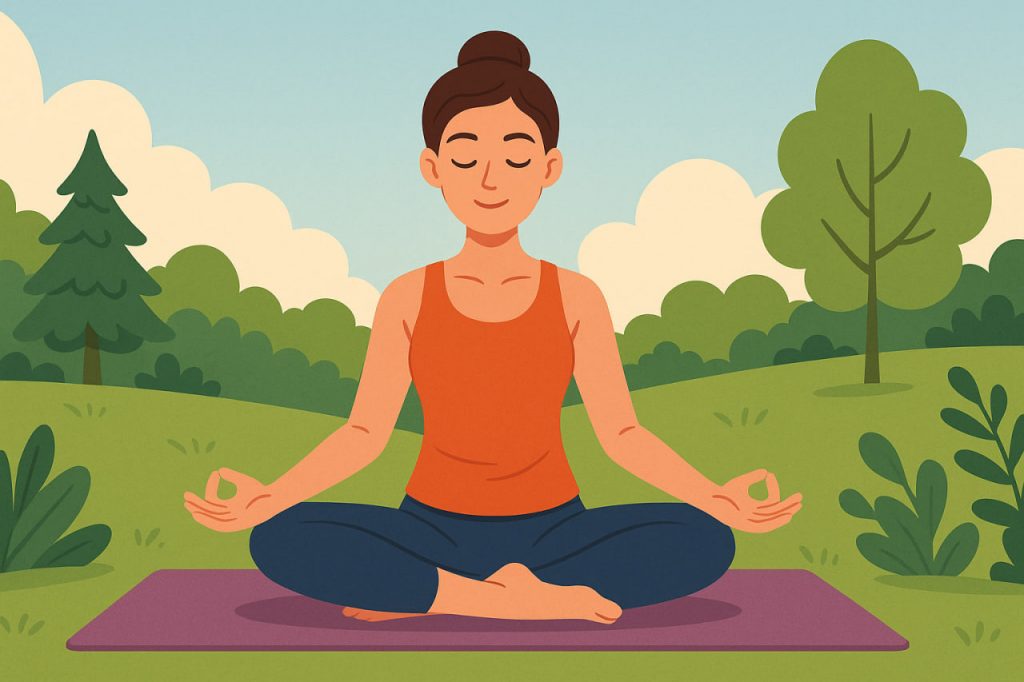Yoga is an ancient practice that combines physical postures, breathing exercises, meditation, and philosophy to improve both body and mind. Yoga has evolved into many different forms practiced around the world today. It is not only a form of exercise but also a holistic lifestyle that promotes balance, inner peace, and overall well-being.
Physical Benefits of Yoga
Yoga improves flexibility, strength, and balance through a variety of postures called asanas. Regular practice helps to tone muscles, improve posture, and increase joint mobility. Yoga also enhances circulation, reduces stiffness, and supports healthy weight management. For people with sedentary lifestyles, yoga is an effective way to counteract back pain, poor posture, and physical stress caused by long hours of sitting.
Breathing and Relaxation
A central part of yoga is pranayama, or controlled breathing techniques. These exercises increase lung capacity, improve oxygen flow, and calm the nervous system. Deep and mindful breathing reduces stress, lowers blood pressure, and enhances concentration. Practicing pranayama regularly also helps manage anxiety and emotional tension, supporting mental clarity.
Stress Reduction and Mental Health
Yoga is widely recognized for its ability to reduce stress and improve mental health. Through meditation and mindfulness, yoga encourages relaxation, self-awareness, and emotional stability. Studies show that regular practice can decrease symptoms of depression and anxiety. By calming the mind, yoga improves sleep quality and helps people cope with daily challenges more effectively.
Holistic Health and Lifestyle
Yoga is not only about exercise but also about balance in life. It promotes healthier choices in nutrition, encourages mindfulness in daily activities, and strengthens the connection between body and mind. For many practitioners, yoga is a lifestyle that supports harmony, self-discipline, and personal growth.
Types of Yoga
There are many styles of yoga, each with different focuses. For example:
- Hatha Yoga – emphasizes physical postures and basic breathing.
- Vinyasa Yoga – links movement with breath in flowing sequences.
- Ashtanga Yoga – a dynamic and physically demanding style.
- Yin Yoga – focuses on slow, deep stretches and relaxation.
This diversity allows people to choose a practice that fits their physical needs and mental goals.
Conclusion
Yoga is a multifaceted practice that benefits both body and mind. It improves strength, flexibility, and posture while reducing stress, supporting emotional balance, and promoting overall well-being. Whether practiced as exercise, relaxation, or a lifestyle, yoga helps people achieve harmony in everyday life and is suitable for individuals of all ages and fitness levels.
Glossary
- Yoga – an ancient practice combining physical, mental, and spiritual exercises.
- Asanas – physical postures in yoga designed to improve strength, flexibility, and balance.
- Pranayama – breathing techniques in yoga that control and enhance the flow of breath.
- Mindfulness – awareness of the present moment, often developed through meditation.
- Holistic health – an approach to health that considers the body, mind, and lifestyle as interconnected.


